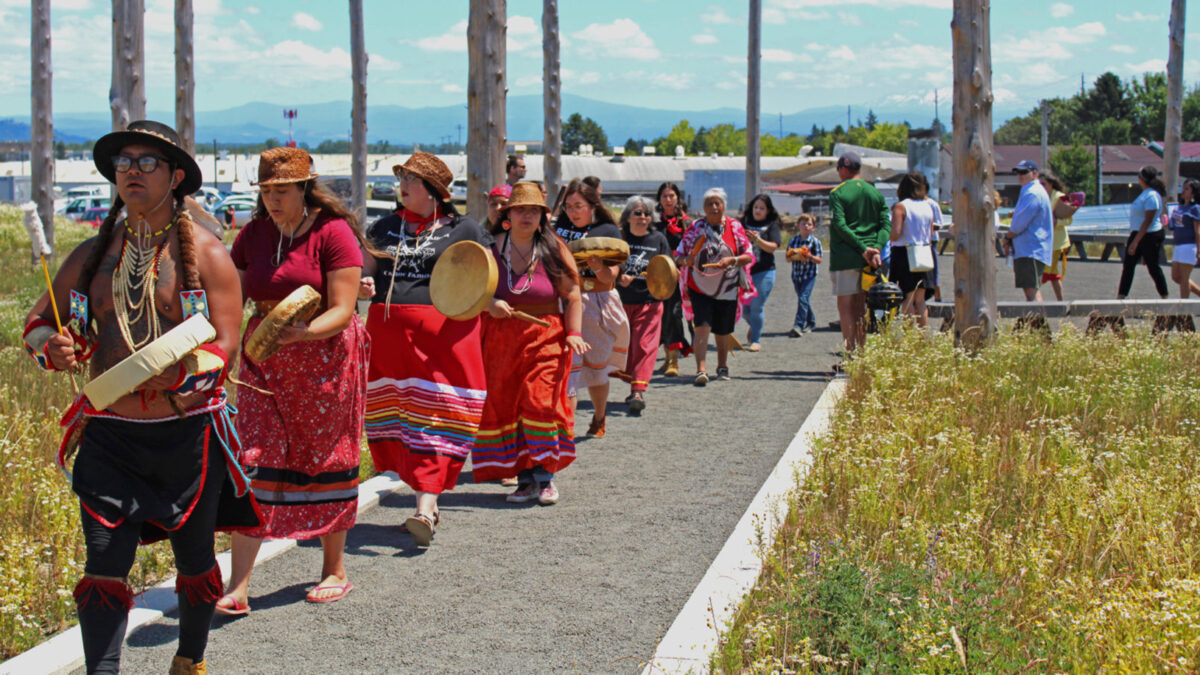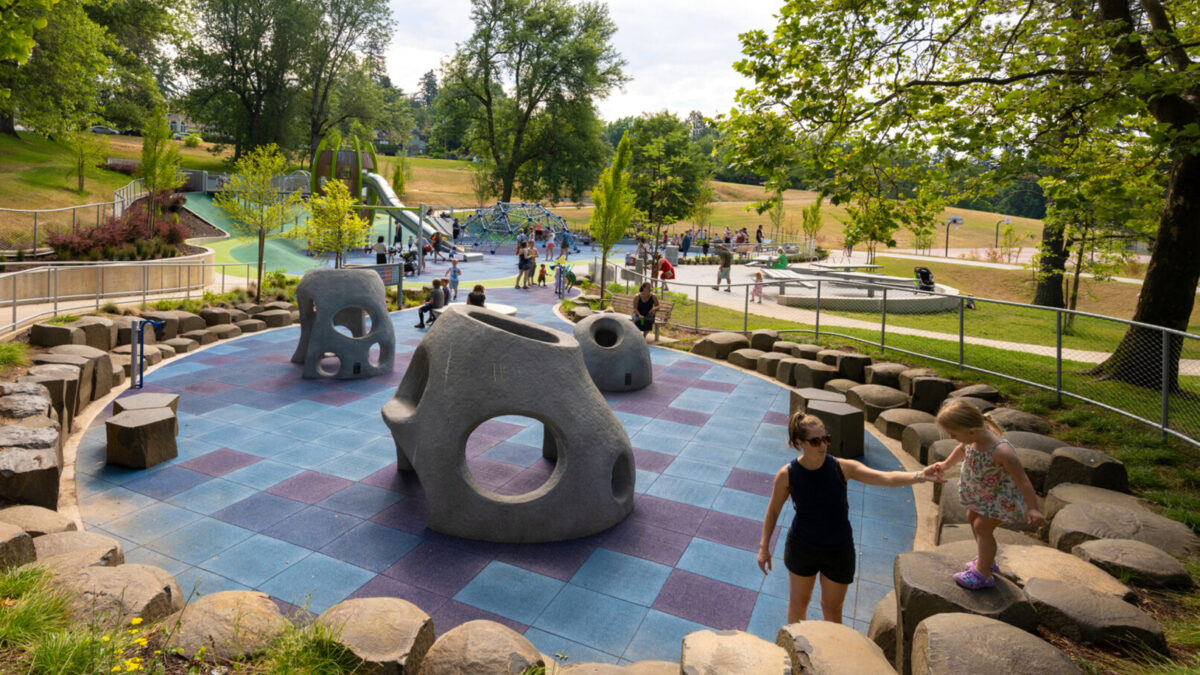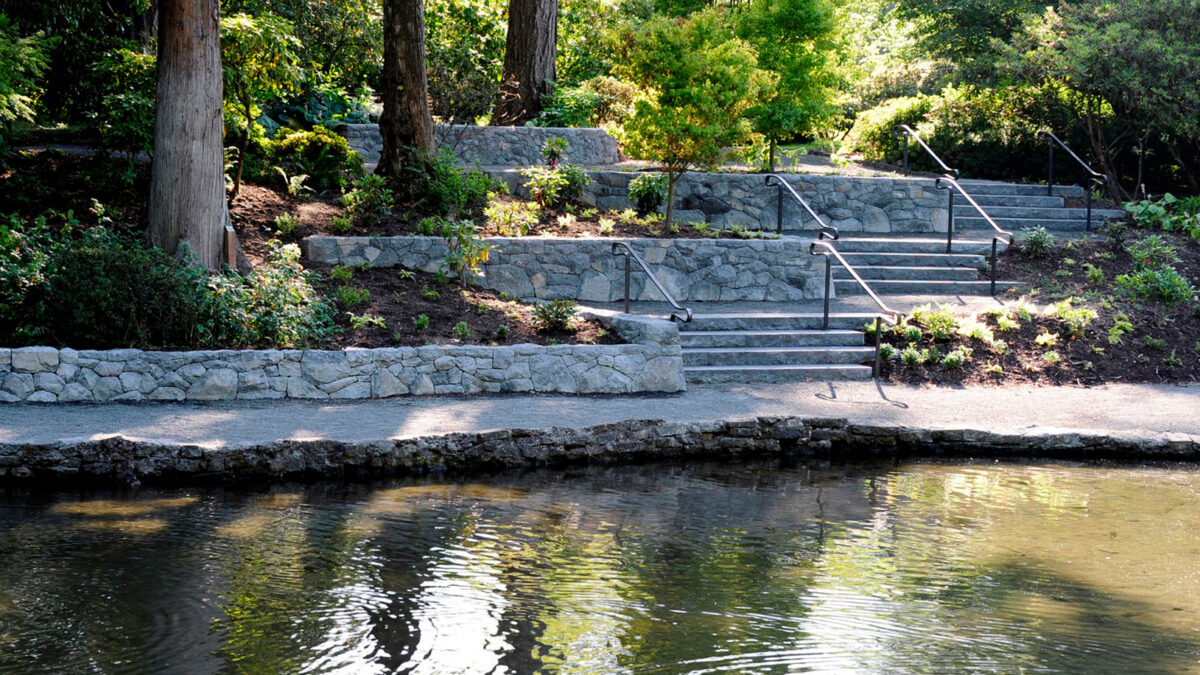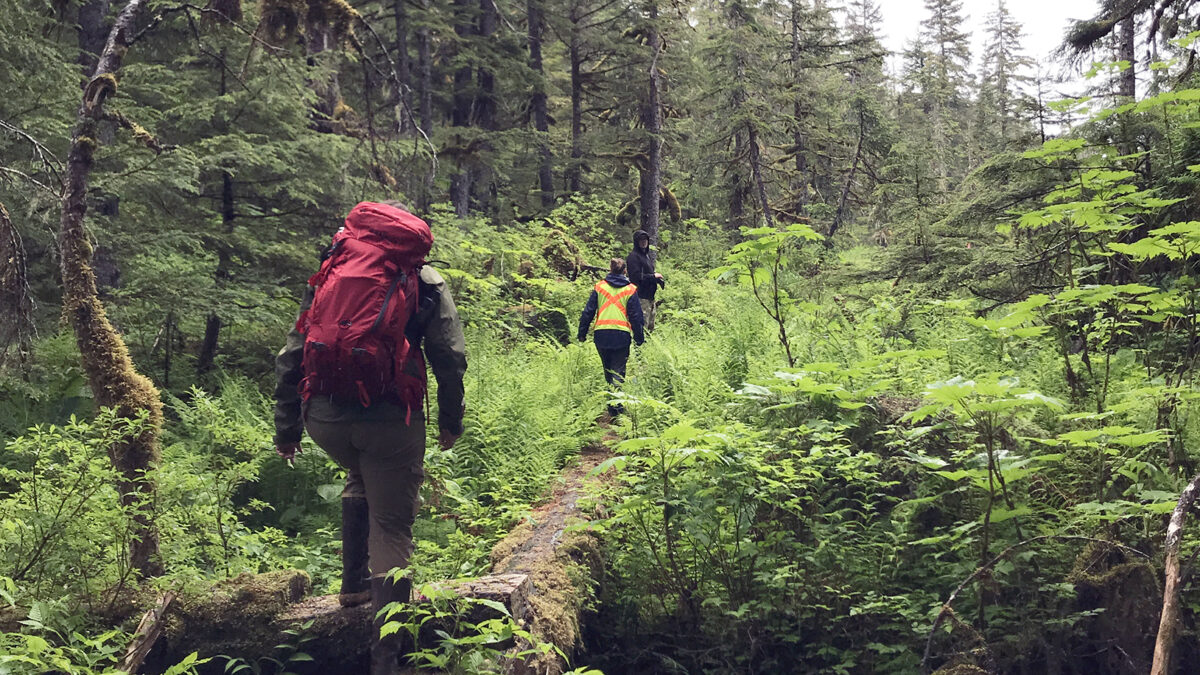Region 10 Standard Cabin Design Review
Knot Studio led the collaborative team in crafting design recommendations for cabins in the vast Alaskan National Forest, creating cost-effective, sustainable designs to house thousands of visitors.
A well-designed cabin can make all the difference for visitors to the Alaskan wilderness. The cabins are essential in the USFS’s management of 22 million acres in the Tongass and Chugach National Forests—providing recreational opportunities while balancing the cabins’ impacts on Alaska’s rich ecosystem. The USFS hired Knot Studio to develop a report documenting design recommendations and conceptual alternatives to the existing portfolio of its standard cabin designs in Region 10’s Southeast Alaska territory.
Knot Studio led the team and collaborated with Miller Hull and KPFF on four standard cabin designs that were provided to the contractor in the form of construction drawings, specifications, and cost estimates. USFS wanted to reduce the cost of the four cabin designs to match available funding while adhering to the Forest Service’s aesthetics and sustainability goals. Knot’s team studied material costs by contacting local mills and evaluating visitor trends and material-transport costs.
The cabins are popular with visitors in Alaska’s often remote alpine tundra, scattered along saltwater inlets, lakes, and estuaries and accessible by road, seaplane, and boat. The team’s cost-effective approach integrated cabin sizes and thermal efficiency considerations, as well as innovative solutions involving prefabrication to reduce on-site labor costs. Design teams presented several cost analyses for each cabin type, providing extensive breakdowns of cabin costs in each ecosystem, from coastal areas to the High Country. The team performed energy reviews, including daylighting considerations and code research. For the USFS, Knot’s team-oriented approach resulted in economically feasible designs that are in tune with their spectacular Alaskan surroundings.



